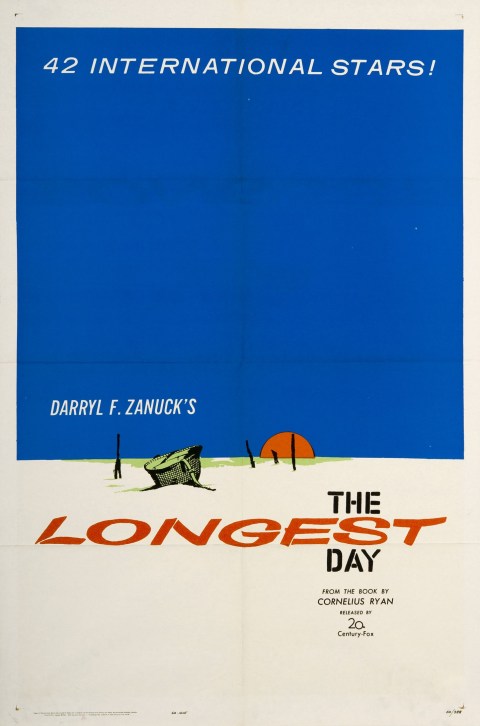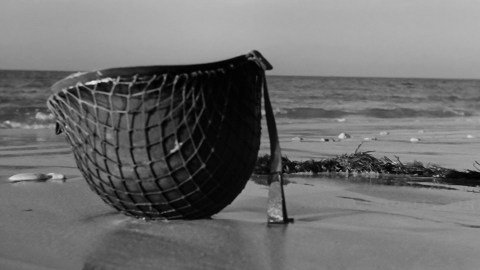17. 4. – 19. 4. 2026
The Longest Day

 Original title: The Longest Day
Original title: The Longest DayDirector: Ken Annakin & Andrew Marton & Bernhard Wicki & Gerd Oswald & Darryl F. Zanuck
Production: 1962, USA
Length: 171 min.
Annotation for KRRR! 2023
The Longest Day is a monumental film project by producer Darryl F. Zanuck, based on a screenplay by Cornelius Ryan, who adapted his own successful book. In doing so, it reconstructs the events of D-Day - the day of the Allied landing in Normandy during World War II - with all the gigantic scale that led to the de facto re-enactment of many battle scenes for the movie cameras. The film's budget was a truly extraordinary $10 million, which, in fact, remained the highest ever budget for a black-and-white film until Schindler's List (1993), ignoring inflation.
After all, thanks to the generous financial backing, the filmmakers could afford to cast a number of contemporary film stars, most notably the icon of American patriotism, John Wayne. The latter, however, was reluctant - allegedly because of Zanuck's less than flattering review of his recent film The Alamo (1960). They finally agreed, it is said, when Zanuck increased his fee offer for the four-day shoot from a generous $30,000 to an even more generous $250,000. This was more or less ten times more than what others had accepted, including Robert Mitchum, Henry Fonda, Robert Ryan, Richard Burton, Rod Steiger, Andre Bourvil, and Red Button.
The film also starred the still-unknown Sean Connery, who only became James Bond in the year of its release, or the later introduction of his adversary Goldfinger, the excellent German actor Gert Fröbe. From today's perspective, however, the relative stardom of the ensemble may be found to be less important than the representativeness of the nationalities and languages represented. Indeed, contrary to the standard of war films to date, this time most of the roles were not cast with American actors speaking exclusively English, but rather with Americans, British, French and Germans speaking their respective languages.
The filmmakers may have had the ambition to cover just those twenty-four or so hours (during June 5 and 6, 1944), which is reflected in a somewhat unexpected ending without the expected climax, but they did so with all the complexity. Filming was done in two crews in thirty-one locations - and thousands of actual soldiers are said to have appeared in the film, with the filmmakers facing the displeasure of the US Congress for less than a third of them. Three directors - Ken Annakin (English), Andrew Morton (American), and Bernhard Wicki (German) - were officially involved in the film because of the number of parallel battle sequences shot in different locations, but Gerd Oswald and Darryl F. Zanuck himself also directed.
The Longest Day was met with rave reviews and five Oscar nominations, two of which went to the legendary French cinematographer Jean Bourgoin and American cinematographer Walter Wottitz, for whom it was arguably the most important work of his career-for special effects, but especially for (outstanding) black-and-white cinematography. A kind of spiritual sequel to The Longest Day, A Bridge Too Far was then made fifteen years later, again based on Ryan's factual book, again meticulously reconstructing a single event in World War II, and again a monumental project - but that's another story.